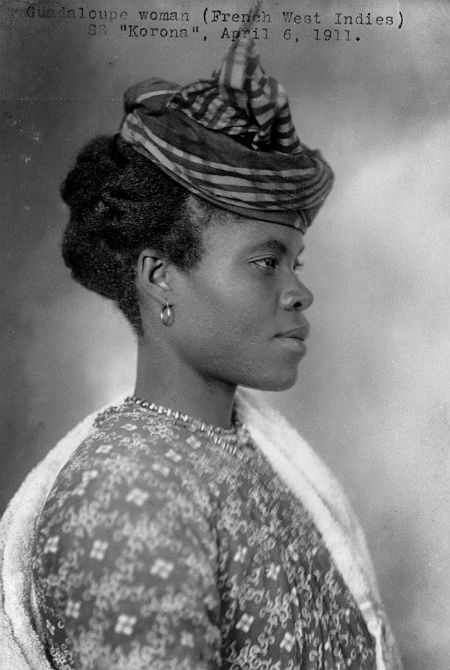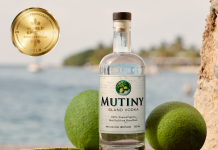
Compiled By NAN Staff Writer
News Americas, NEW YORK, NY, Weds. Feb. 1, 2017: Today, Feb. 1, 2017 marks the beginning of another Black History Month. And despite gross misinformation, there is no denying that the black West Indian immigrant has been part of the US’ history since the 17th Century. Here are 10 facts about the history of West Indian blacks in the United States you should know:
1: The first blacks from the West Indies who arrived in the United States were slaves brought to South Carolina in the 17th century. These slaves were imported from nearby British colonies including and especially Barbados. Over time, Barbadian slaves would make up a significant part of the Black population in Virginia, mainly in the Virginia tidewater region of the Chesapeake Bay. But the number of enslaved Africans imported from the Caribbean decreased after the New York City Slave revolt of 1712, as many white colonists blamed the incident on slaves recently arrived from the Caribbean. Between 1715 and 1741 most of the slaves brought to America hailed from Jamaica, Barbados and Antigua. Of slaves brought to New Yorkers between 1715 and 1741, the largest number came from Jamaica, followed by Africa, Barbados, and Antigua.
2: The eruption of the Haitian Revolution in 1791 sent another wave of migration from the Caribbean region. From the 1790s until approximately 1810, thousands of free colored and some enslaved black Haitian refugees relocated to coastal cities such as Savannah, Charleston, Norfolk, Baltimore, Philadelphia, New York, and especially to New Orleans, where they made their most significant cultural and demographic impact according to Damani Davis in “Ancestors from The West Indies.”
3: Caribbean immigration to the United States grew significantly manner after the American Civil War, in 1865, which brought about the abolition of slavery. But prior to the civil war, in 1827, John B. Russwurm of Jamaica and his African-American colleague Samuel E. Cornish started Freedom’s Journal, the US’ first black newspaper.
4: In the 19th century the U.S. attracted many West Indians nationals who excelled in various professions such as craftsmen, scholars, teachers, preachers, doctors, inventors and religious leaders. They included notables like Barbadian Joseph Sandiford Atwell was the first black man after the Civil War to be ordained in the Episcopal Church; Jan Earnst Matzeliger, the inventor of a revolutionary shoe-making machine who had emigrated from Suriname; Edward Wilmot Blyden, a major contributor to Black Nationalism, who was born in the Virgin Islands and the famous comedian Bert Williams who was born in Antigua.
5: From the end of the 19th century up to 1905, most West Indian people emigrated to South Florida, New York and Massachusetts. However, shortly after, New York would become the main destination for the West Indian immigrants.
6: Immigration from the Caribbean region to the U.S. gained momentum during World War II when 50,000 Caribbean nationals arrived in the 1940s, taking advantage of the rapidly expanding war economy and post-war economic growth. Thousands came as legal migrant workers brought to work in agriculture, primarily on Florida’s sugar plantations. By the end of the war, thousands of contract workers from the Caribbean were employed as W2 workers.
7: Among those arriving in the US in 1909 was 31-year-old Jamaican immigrant Enos Gough, whose story is documented only in immigration, citizenship, and census records. A passenger manifest records his arrival in the Port of New York on July 7, 1909, from Port Antonio, Jamaica. He later moved to Philadelphia.
8: Most importantly, scholars and researchers have found that the migration to the U.S. by West Indians was also distinct because those who immigrated to this country were disproportionately literate and skilled, with a significant number being professionals or white-collar workers. As Maldwyn Jones has pointed out in his book, ‘American Immigration,’ the West Indian in greater part usually had a skill which, until 1924, endeared him to the Immigration Department.
9: By 1930, 40 percent of the M.D.s in Who’s Who in Colored America was West Indians, while West Indians accounted for between only 1.2 and 1.5 percent of the population.
10: Dr. Carter G. Woodson, the distinguished Afro-American historian, noted in 1931 that on landing, the West Indian felt himself to be the equal of any man. For the West Indian migrant, particularly those of British background, Woodson quoted by John C. Walter in ‘West Indian Immigrants: Those Arrogant Bastards,’ American whites were unpolished, crude, lacking in culture and manners, and not to be taken seriously at the social level.









